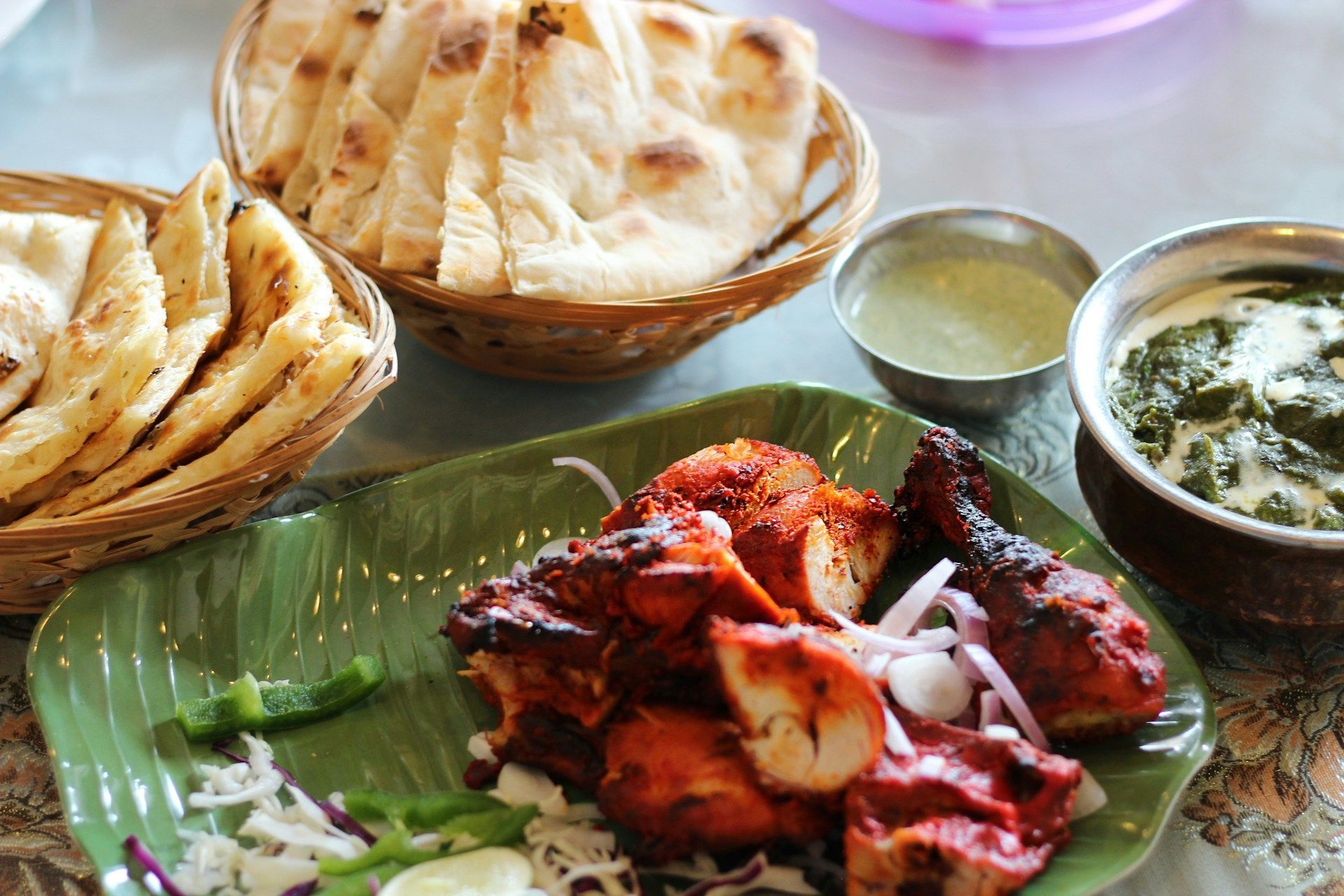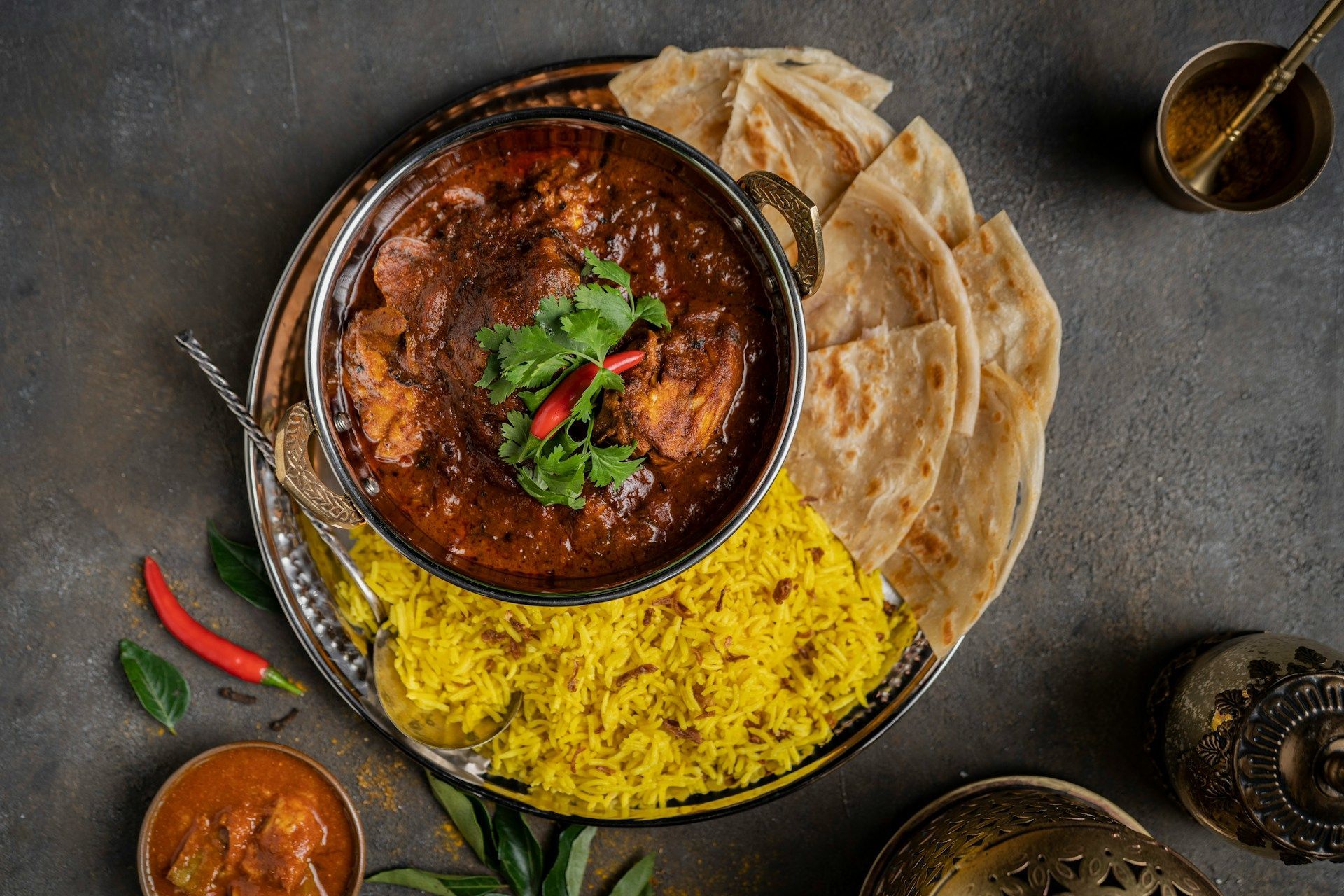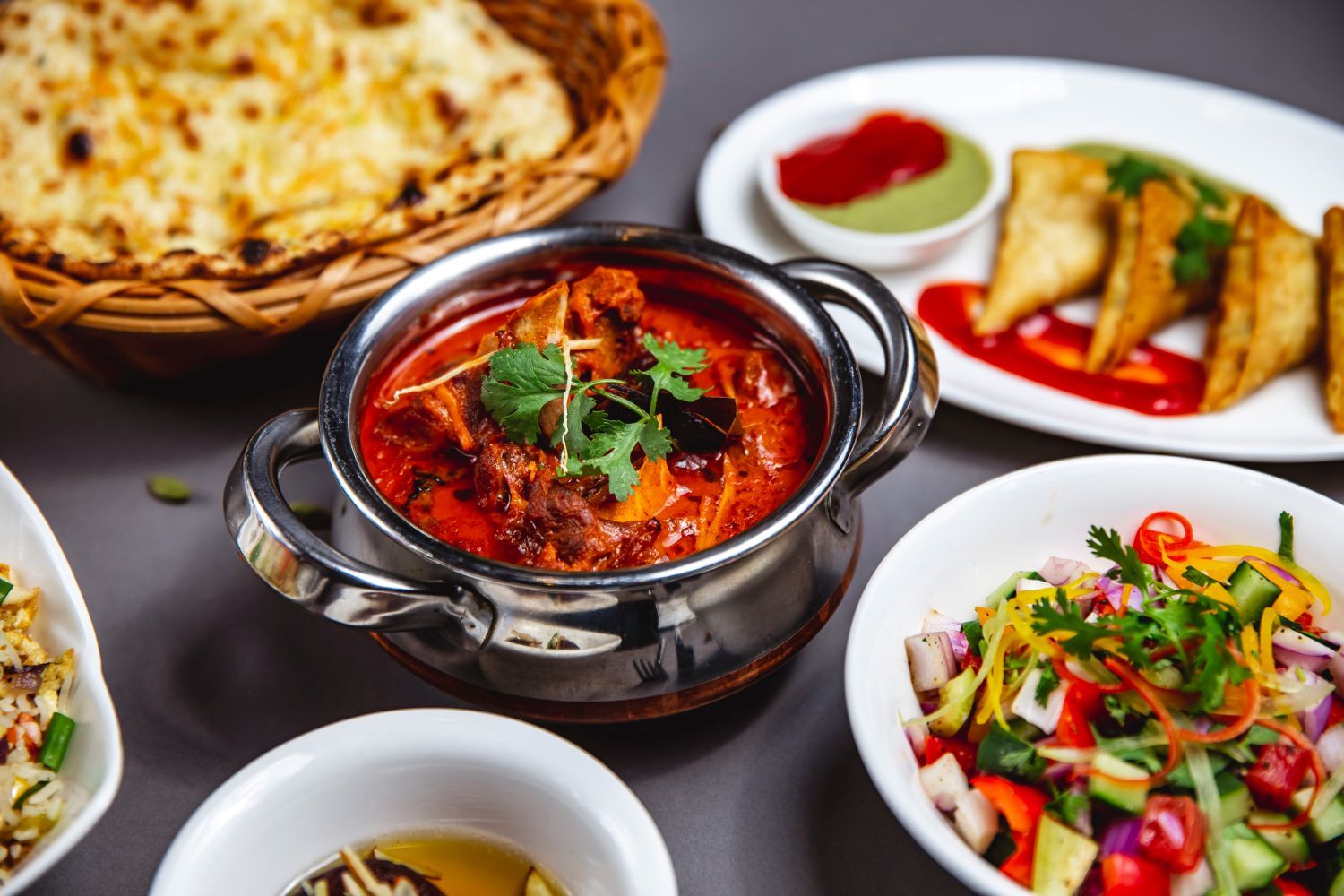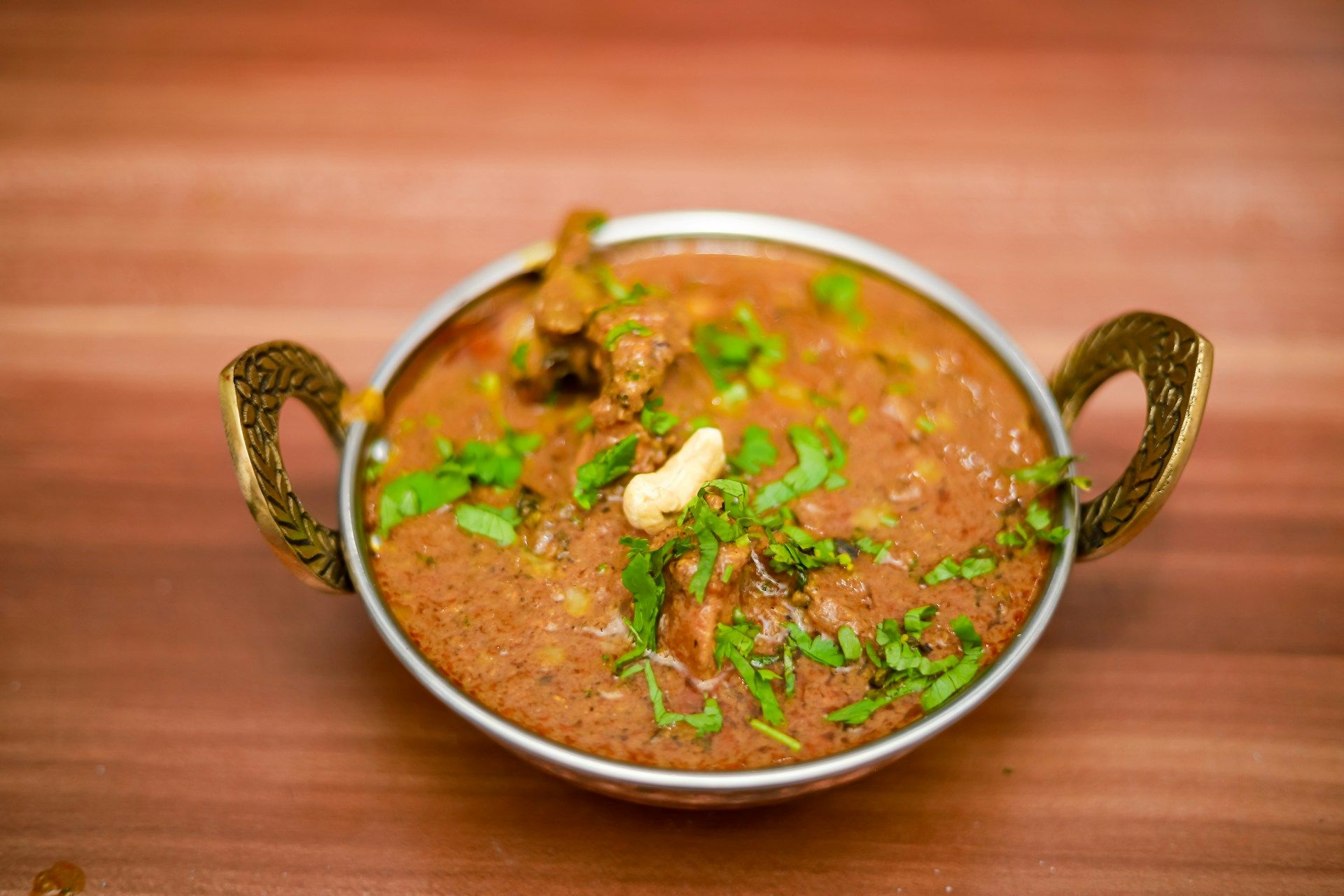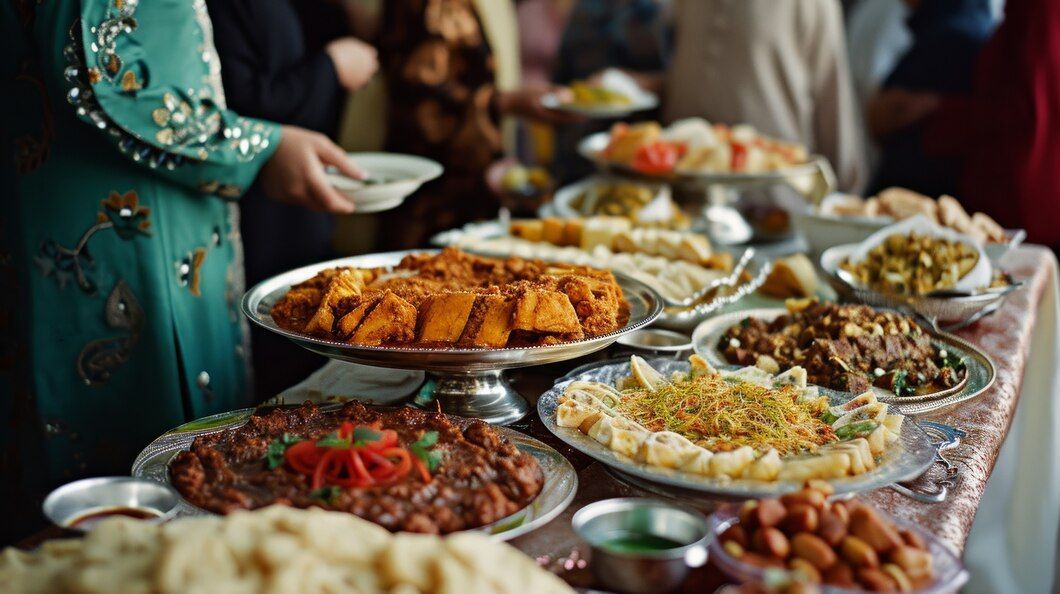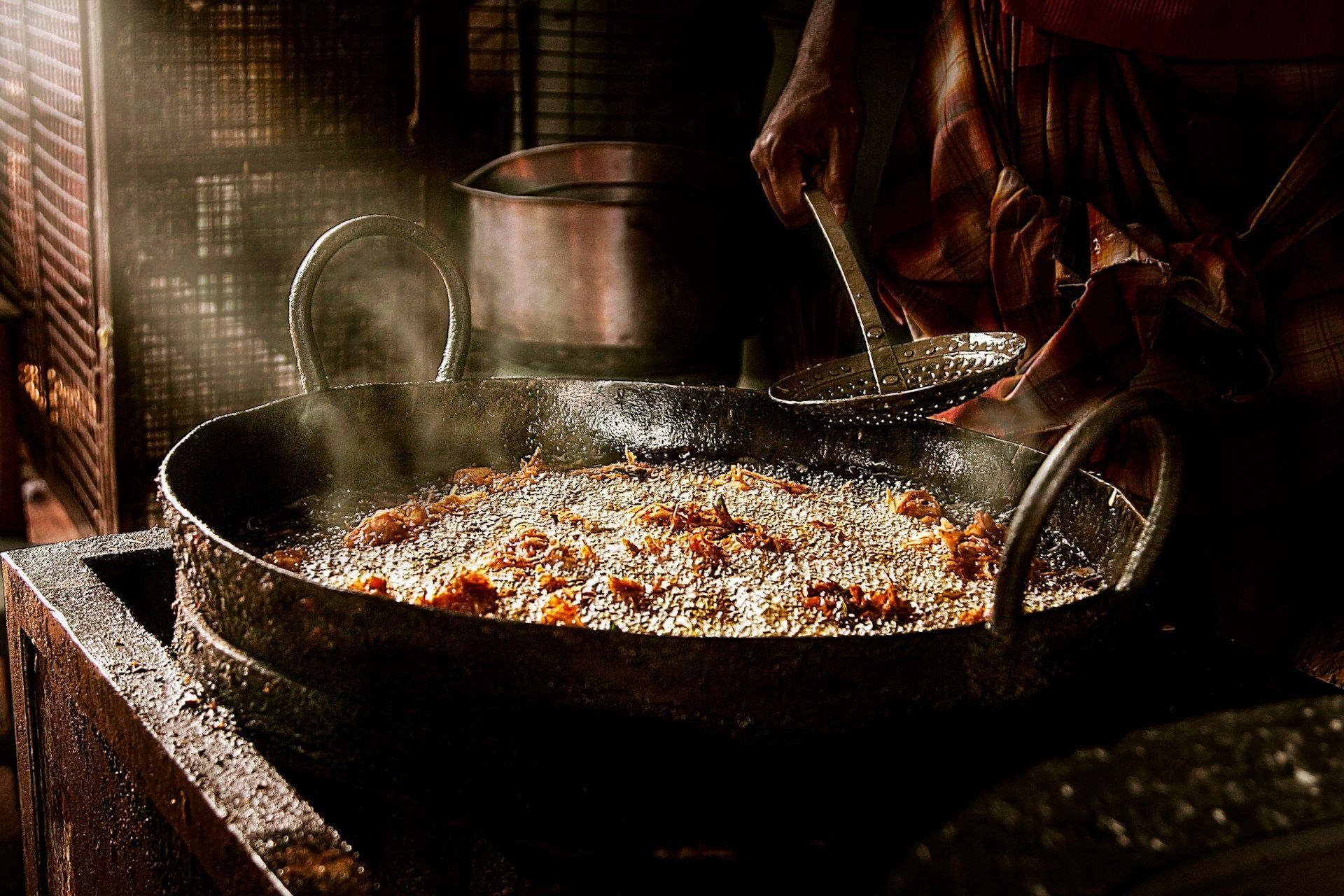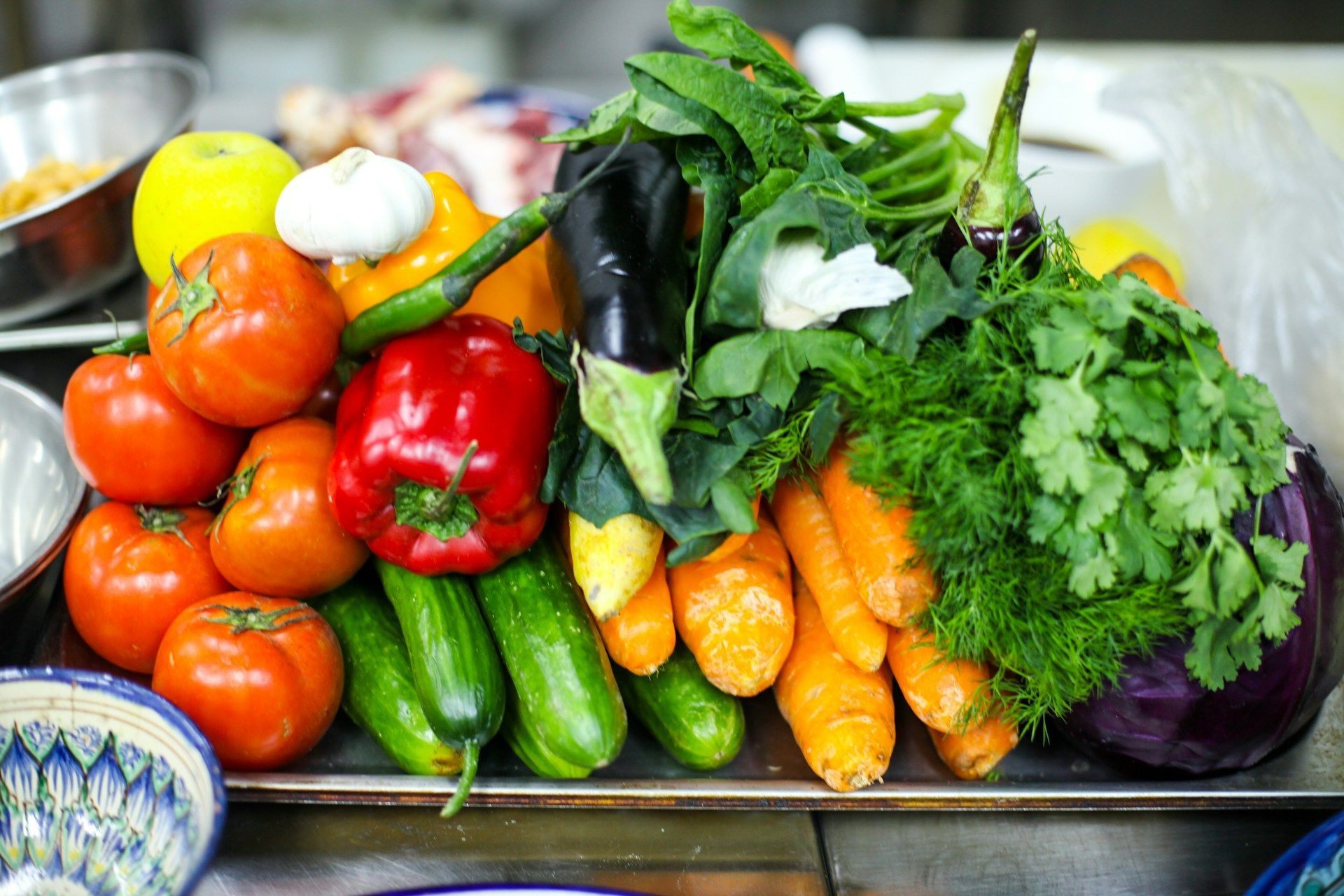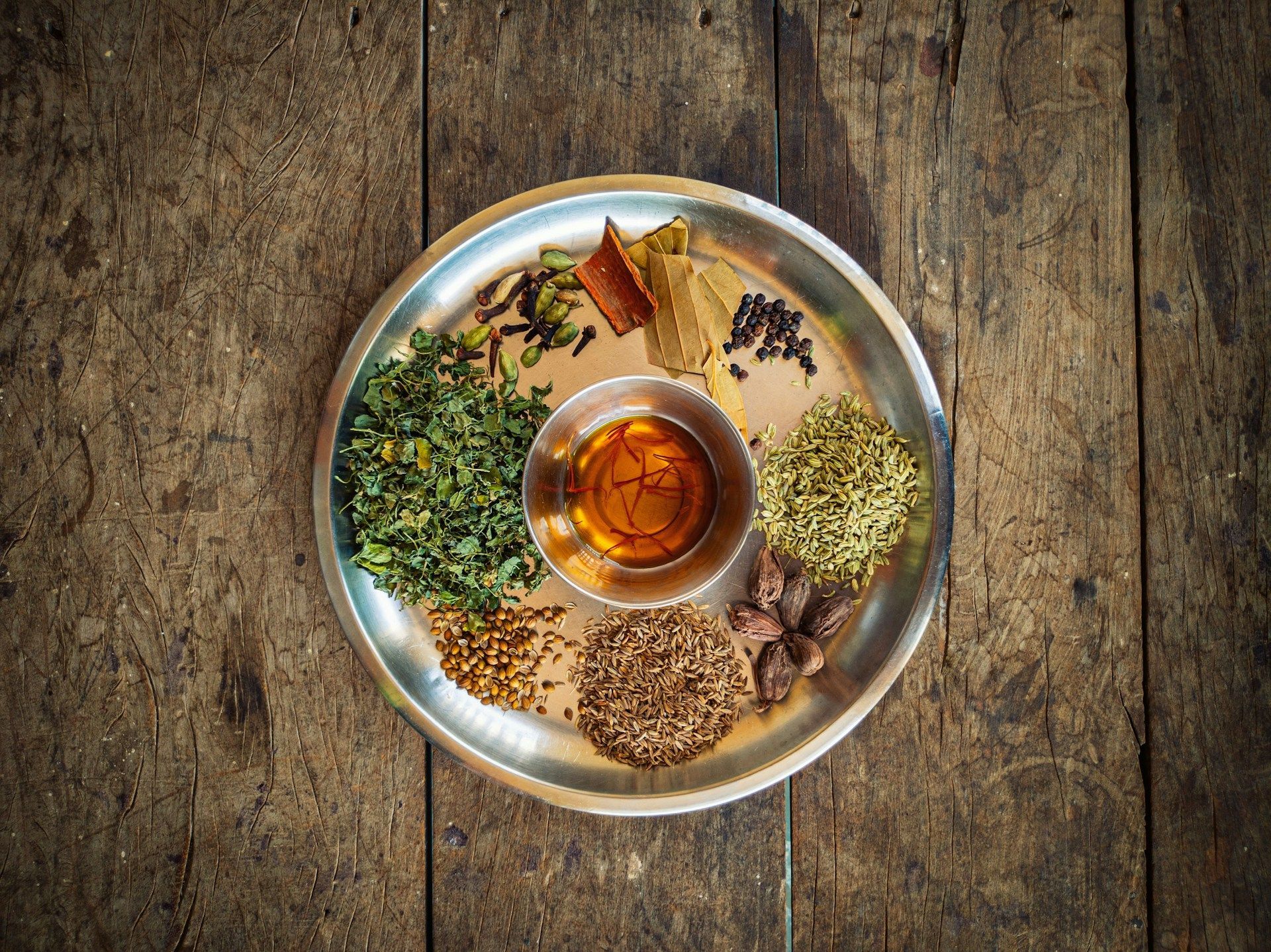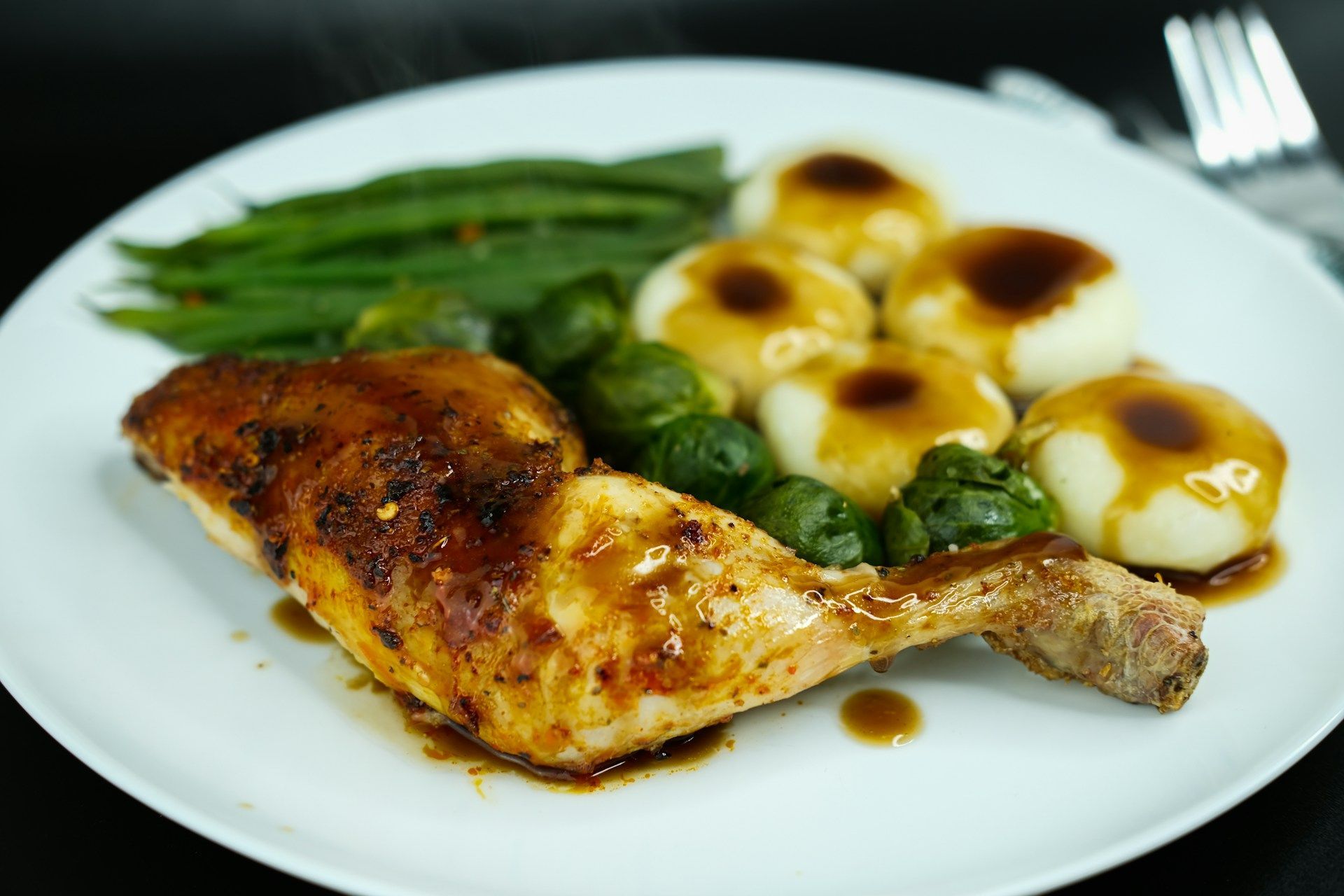The History of Biryani and India's Ruling Dynasties
17 September 2020
This is a subtitle for your new post
Biryani is one of the staples of Indian cuisine and among the most ordered and popular dishes on any Indian menu. It certainly is one of the most ordered items on our menu as the best Indian restaurant near London Bridge. Like many culturally valuable dishes in Indian cuisine, it features a long and storied history that begins all the way on another continent.
India is one of the oldest civilizations in the world, spanning as far back as 3,000 years. Like many old kingdoms, dynasties have risen and fallen, and over the course of three millennia, biryani came to be.
The Mughal Invasion of India, and Persia’s influence on Islamic cuisine
The word “biryani” is Persian, directly translating to “fried before cooking.” It was supposedly brought over during the Mughal occupation, but there is evidence to suggest that it was already present in India even before Islamic Persians set out to conquer it.
According to historical records, biryani grew in recognition and popularity under the rule of Mumtaz Mahal, who inspired the Taj Mahal, and her husband, Shah Jahan, who commissioned its construction. As queen, she visited the barracks of Shah Jahan’s army and commanded royal cooks to provide them with biryani to give them the nutrition they needed.
Until then, the dish was generally reserved for royalty, enjoyed only by the Mughal emperors and their court. However, it grew in popularity since it became a staple dish fed to the army. More and more common folk began to recreate the dishes with their own flairs.
How biryani is prepared
Biryani is generally prepared by frying rice in ghee or butter then cooking it in boiling water. The frying process unlocks a nutty flavour in the rice, forming a layer around each grain. This creates loose rice that is not sticky, preventing clumping when mixed with meat. Delicious and aromatic spices are added to give the whole dish more flavour.
The rice used is a variety grown in India known as basmati rice. The meat used in the dish is usually lamb, chicken, or fish in a rich sauce. Spices typically found in biryani are cardamom, cinnamon, bay leaves, coriander, and mint. It is not unheard for each area or household to have their own take on biryani, adding things like nuts, almonds, raisins, or even dried fruits.
The cultural hotpot of India has created numerous varieties
Different dynasties have come and gone from India in its over 3,000 years of history. All these dynasties brought with them their own flavours and cultures, influencing local cuisine greatly. Through the introduction of these many cultures, the nearly limitless varieties of biryani came to be.
In conclusion
There is so much more to Indian food than meets the eye. Whether you are looking to find the best Indian food near the London Bridge or just hoping to learn more about the cuisine, the best way to learn more about this culture is to eat their food. If you want to truly understand the history of biryani, nothing could be better than tasting it.
If you’re hungry for biryani and other Indian food in London, give us a call at Tower Tandoori. We have a great selection of delicious dishes perfect for food enthusiasts of all ages.

